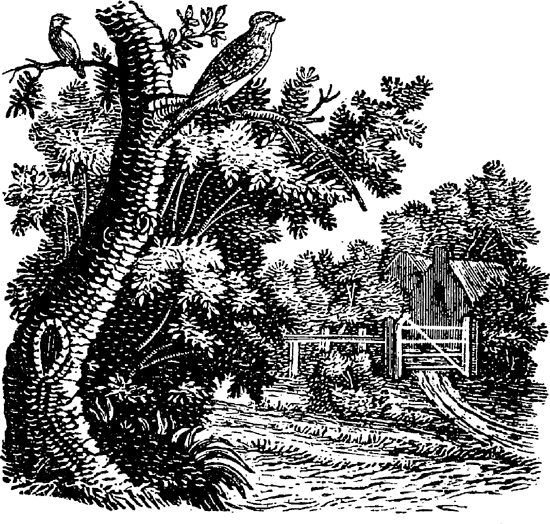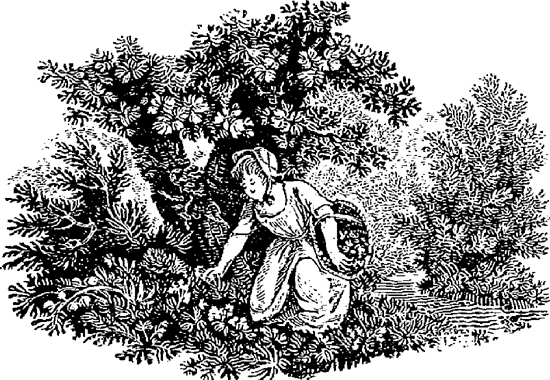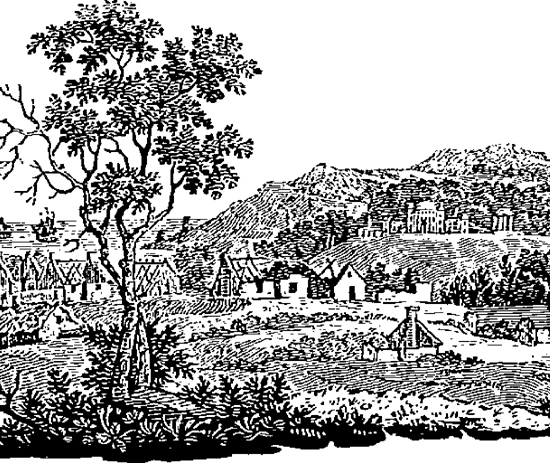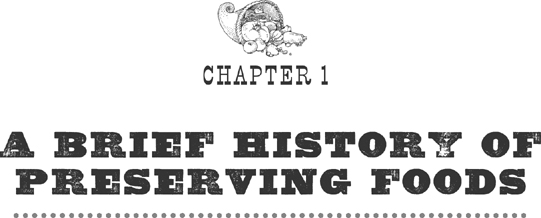Kim Pezza - Backyard Farming: Home Harvesting: Canning and Curing, Pickling and Preserving Vegetables, Fruits and Meats
Here you can read online Kim Pezza - Backyard Farming: Home Harvesting: Canning and Curing, Pickling and Preserving Vegetables, Fruits and Meats full text of the book (entire story) in english for free. Download pdf and epub, get meaning, cover and reviews about this ebook. year: 2013, publisher: Hatherleigh Press, genre: Home and family. Description of the work, (preface) as well as reviews are available. Best literature library LitArk.com created for fans of good reading and offers a wide selection of genres:
Romance novel
Science fiction
Adventure
Detective
Science
History
Home and family
Prose
Art
Politics
Computer
Non-fiction
Religion
Business
Children
Humor
Choose a favorite category and find really read worthwhile books. Enjoy immersion in the world of imagination, feel the emotions of the characters or learn something new for yourself, make an fascinating discovery.

- Book:Backyard Farming: Home Harvesting: Canning and Curing, Pickling and Preserving Vegetables, Fruits and Meats
- Author:
- Publisher:Hatherleigh Press
- Genre:
- Year:2013
- Rating:3 / 5
- Favourites:Add to favourites
- Your mark:
Backyard Farming: Home Harvesting: Canning and Curing, Pickling and Preserving Vegetables, Fruits and Meats: summary, description and annotation
We offer to read an annotation, description, summary or preface (depends on what the author of the book "Backyard Farming: Home Harvesting: Canning and Curing, Pickling and Preserving Vegetables, Fruits and Meats" wrote himself). If you haven't found the necessary information about the book — write in the comments, we will try to find it.
Backyard Farming: Home Harvesting is the perfect guide for beginners looking to extend the benefits of their homesteads produce. Covering every topic from selecting and maintaining the resources needed to properly preserve your food, to the various methods of preserving and how they are done, to recipes and ideas for making the best use of your preserved bounty, Backyard Farming: Home Harvesting includes all that you need to know to get the most out of your home harvest. Including time-tested tips and tricks used by expert farmers, this invaluable resource is a must-have for anyone looking to enjoy the fruits of their labor year round!
EVERYTHING YOU NEED TO GET STARTED. Addressing all the important areas, from selecting the ideal method for your crop, to knowing when and why to preserve, to how long each method preserves your food for, Backyard Farming: Home Harvesting is the all-in-one guide for the first-time farmer at harvest time.
EASY TO FOLLOW, EASY TO UNDERSTAND. Written in simple, informative language, complete with numerous illustrations of proper techniques and preserving set-ups, Backyard Farming: Home Harvesting is written with new farmers in mind.
A GUIDE THAT EVERY BACKYARD FARMER CAN USE. Whether your backyard farm raises livestock or grows crops, there is a method in this book to greatly extend your enjoyment of your harvest! From canning, to smoking; from freezing to drying, the benefits of preserving are obvious! No farmer wants to have to throw away their hard work, and Backyard Farming: Home Harvesting is the perfect guide to ensuring that no part of the harvest is wasted!
The Backyard Farming series offers easy-to-use guides to help first-time farmers and homesteaders experience the satisfaction that comes from producing their own
food. Rural areas with acres of land, suburban neighborhoods with small backyards, or urban environments with limited space--no matter what your situation, these books are tailored to your unique needs and resources. Each volume in this series is dedicated to a particular topic in backyard farming, whether youre planning to grow food for your family or for sale at your local farmers market. Featuring simple instructions and helpful illustrations, the Backyard Farming series empowers you and your family to enjoy the freshest ingredients possible--direct from your own backyard!
Kim Pezza: author's other books
Who wrote Backyard Farming: Home Harvesting: Canning and Curing, Pickling and Preserving Vegetables, Fruits and Meats? Find out the surname, the name of the author of the book and a list of all author's works by series.

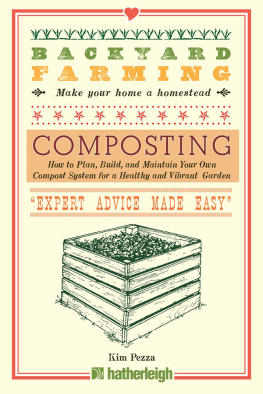
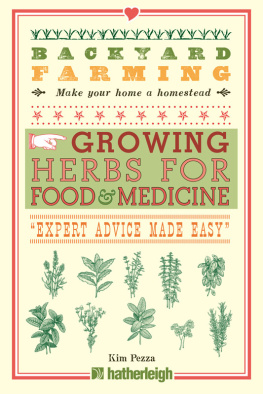
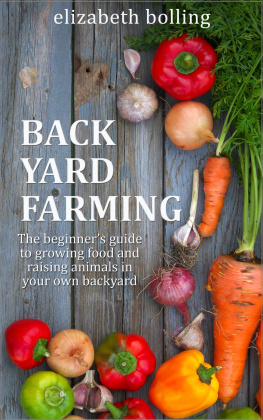


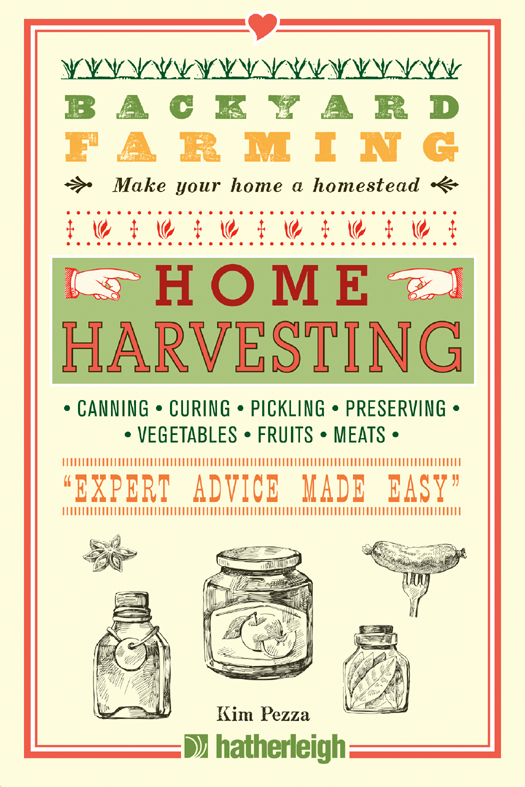
 hatherleigh
hatherleigh
